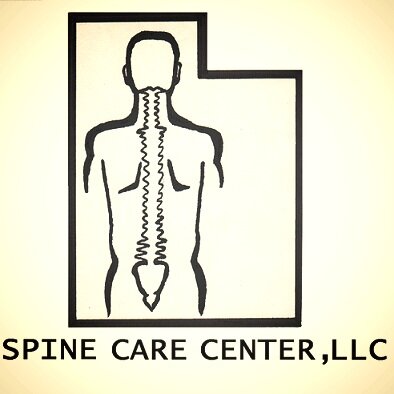
Spinal Cord Stimulation
A spinal cord stimulator, also called a dorsal column stimulator, is a device that stimulates pain-carrying nerves via small electrical wires placed in the "epidural space" just outside the spinal cord.
Am I a candidate for spinal cord stimulation?
Spinal cord stimulation is offered to patients with chronic and severe neuropathic (pain from damaged nerve tissue) pain. Some patients may have neuropathic pain in their extremities and some may have severe chronic low-back pain after spine surgery. Spinal cord stimulation is for patients who have not responded to other treatment modalities.
What is the purpose of the device?
A spinal cord stimulator interrupts nerve conduction that carry pain signals to the brain.
What is a spinal cord stimulator?
A spinal cord stimulator has four parts: leads, generator (battery), charger, and controller.
Leads are placed are placed in the epidural space using specialized needles. The leads are attached by small wires to an electrical generator. The generator is paired with a controller that allows the patient to adjust the stimulator. A charger is used to recharge the generator.
How is the procedure performed?
This procedure is performed in two parts: a trial, and a surgical placement. For the trial, two small wires with leads are placed in the epidural space. The wires connect to an external generator (battery). The generator and leads are left for five to seven days. During this time, patients engage in normal activities to gauge the effectiveness of the device.
After the trial, if the patient is satisfied with the pain relief, a surgeon will place the generator under the skin. Patients are referred to a spine surgeon for this second phase of the stage of the procedure.
Will the procedure hurt?
Our procedures begin by injecting a small amount of local anesthetic through a small needle. It feels like a little pinch and then a slight burning as the local anesthetic starts numbing the skin. After the skin is numb, the procedure needle feels like a bit of pressure at the injection site. If you experience any pain during the procedure, your doctor will inject more local anesthetic as needed.
Will I be put out for this procedure?
During the trial, placement of the wires is done under local anesthesia with patients mildly sedated. This is necessary to ensure proper placement of the wires. The amount of sedation given generally depends upon the patient tolerance.
For the second stage, the surgical generator placement, patients are given stronger intravenous sedation.
How is the procedure performed?
When placing the wires, the patient lies on the stomach. The patients are monitored with EKG, blood pressure cuff and blood oxygen-monitoring device. The skin is cleaned with antiseptic solution and then the procedure is carried out. X-ray (fluoroscopy) is used to guide the needle for wire placement.
Where are the wires inserted?
For pain involving lower back and lower extremities, the wires are inserted in the midline at the lower back. For the pain involving upper extremities, the wires are inserted in the midline at the upper back.
What should I expect after the procedure?
If the procedure is successful, your pain will be gone or quite less. You may experience a sensation of stimulation. Soreness from the injection will subside in a day or two.
During the trial period, you may not have a shower or soak in a tub. Sponge baths are permitted. After the trial, the dressing and the wires are removed. A shower is OK at this point but soaking in a tub is not allowed for three days.
What should I do after the procedure?
You need a ride home. We advise the patients to take it easy for a day or so after the procedure. Perform activities as tolerated by you.
What are the risks and side effects?
This procedure is safe. With any procedure there are risks, side effects, and possibility of complications. Please discuss your concerns with your physician.
Who should not have this procedure?
The following patients should not have this injection: if you are allergic to any of the medications to be injected or if you have an active infection. If you are on an antibiotic or blood-thinning medication (e.g. coumadin, injectable heparin), please inform your doctor.
Where can I find additional information about Spinal Cord Stimulators?
There are several device manufacturers. Each has certain advantages and disadvantages. The manufacturers are St. Jude, Boston Scientific, and Medtronic. Visit the manufacturers' websites for additional information.
